Britain's elite fossil hunters on their finds of a lifetime
From a kamikaze ichthyosaur to a gigantic shell with sinister tentacles, Britain teems with fascinating fossils. Simon de Bruxelles meets the collectors following in Mary Anning’s footsteps. Photos by Millie Pilkington for Country Life.


Bizarre, sinuous shapes twist and turn, intertwining in a mass that looks impossible to disentangle. It may look as if the woodwind players of an infernal orchestra abandoned their instruments as they left the stage, but these are the remains of some of the earth’s strangest creatures: heteromorph ammonites.
We know ammonites are the fossilised shells of extinct creatures that lived millions of years ago. Once the ocean’s dominant form of life, they are the spiral shells that pioneering 19th-century fossil hunter Mary Anning collected and sold ‘on the seashore’ in Lyme Regis in Dorset, transforming our understanding of the history of life on our planet.
Fast forward to today and Wolfgang Grulke has spent many of his 76 years collecting the fossils that fill the private museum beside his home in Dorset. It includes the unique conglomeration of 18 species of heteromorph ammonite he found in the Alpes-de-Haute-Provence in the south of France. Three times in their several hundred million-year existence, ammonites uncoiled and formed new shapes unlike anything before or since. No one knows why, although Mr Grulke believes this sudden transformation was probably triggered by a virus or other external cause.
Mr Grulke has 500 million years of fossils arranged in chronological order in the cabinets that line the walls of the converted barn that he and his wife, Terri, bought from a descendant of Anning’s brother, Joseph, having seen it in Country Life.
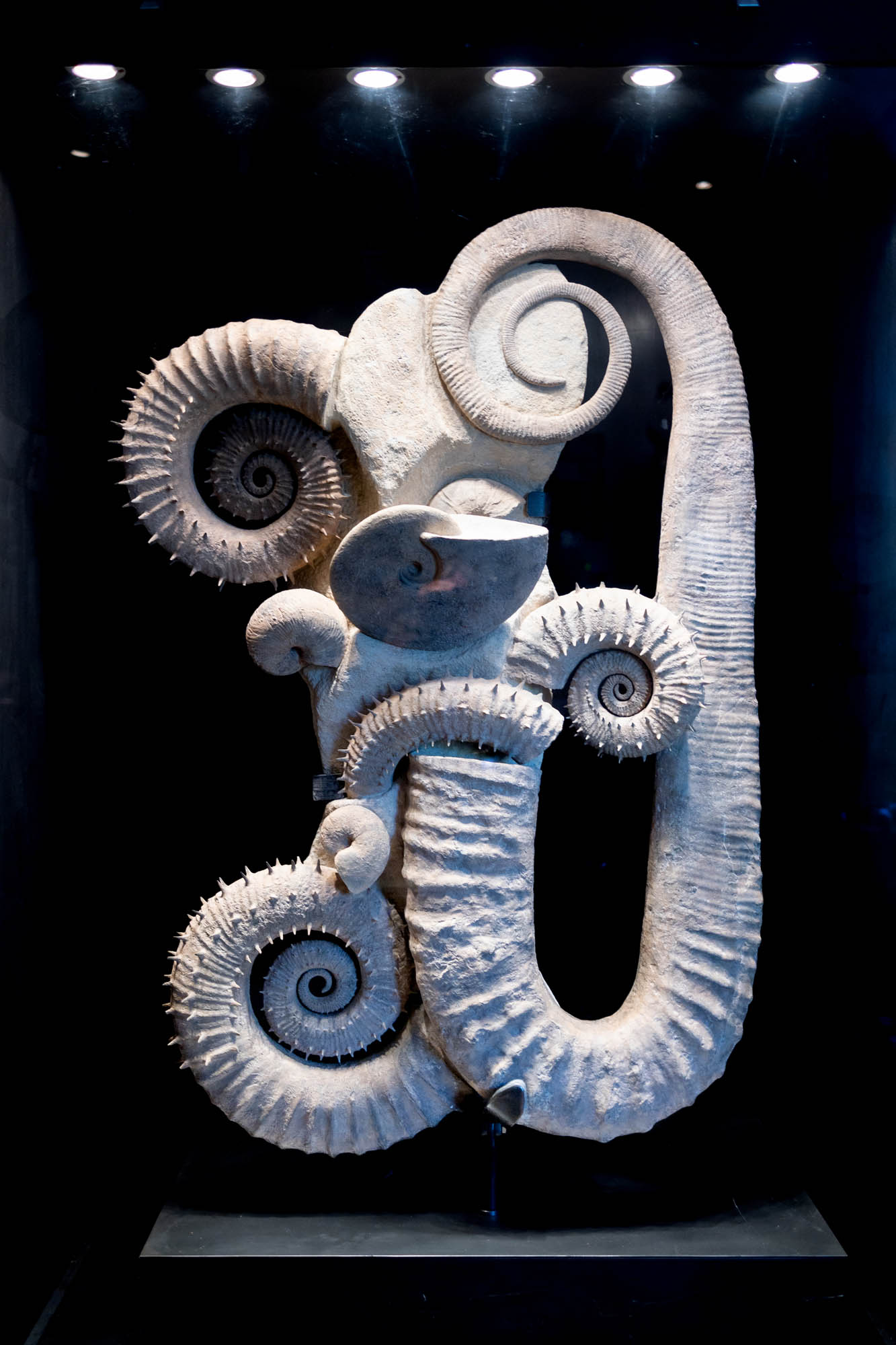
Previously, Mr Grulke had a successful career advising businesses how to take advantage of opportunities offered by the internet and other new technologies. His business manual 10 Lessons From the Future became an unexpected bestseller, but it is in the remote past that his heart really lies. ‘More than 90% of all life there’s ever been is extinct,’ he explains. ‘Without fossils, we would know nothing about the history of life on this planet.’
At the entrance to Mr Grulke’s museum is the ‘kamikaze ichthyosaur’. It is a split second frozen in stone for 160 million years. Hundreds of fossil ichthyosaurs have been found since the 11-year-old Anning and her brother discovered the first one in 1811. Every bone of this particular specimen has been perfectly preserved. We know it died diving through a shoal of Jurassic squid and, probably blinded by the clouds of ink they released, collided at high speed with a rock. The predator’s jaw was concertinaed by the collision. It would have been killed instantly.
Fossils collected in the 19th century were prepared without the benefit of modern equipment and, as a result, our view of the past is distorted. We now know that many ammonites had spines that were lost when the fossils were chipped from their rocky matrix. New techniques, as well as a tsunami of fossils from places such as Morocco and China, have led to a resurgence in collecting not seen since Victorian times.
Exquisite houses, the beauty of Nature, and how to get the most from your life, straight to your inbox.
Teaching himself to prepare fossils using tools such as air abrasives, Mr Grulke has used technology, too, to pay homage to the world’s first ‘rock star’, re-creating Anning’s world via Artificial Intelligence (AI) imaging in a children’s book, She Sold Seashells.
The most striking fossils blur the boundary between interior design, sculpture and natural history. Once fossils were the preserve of dusty palaeontologists. However, in 2020, the skeleton of Stan, a Tyrannosaurus rex, was sold at auction in New York for a world record $31.8 million. It is now the centrepiece of a museum in Abu Dhabi. Since then, six dinosaur lots have fetched in excess of $6 million (about £4.7 million), with buyers reportedly including the Hollywood actor Leonardo DiCaprio.
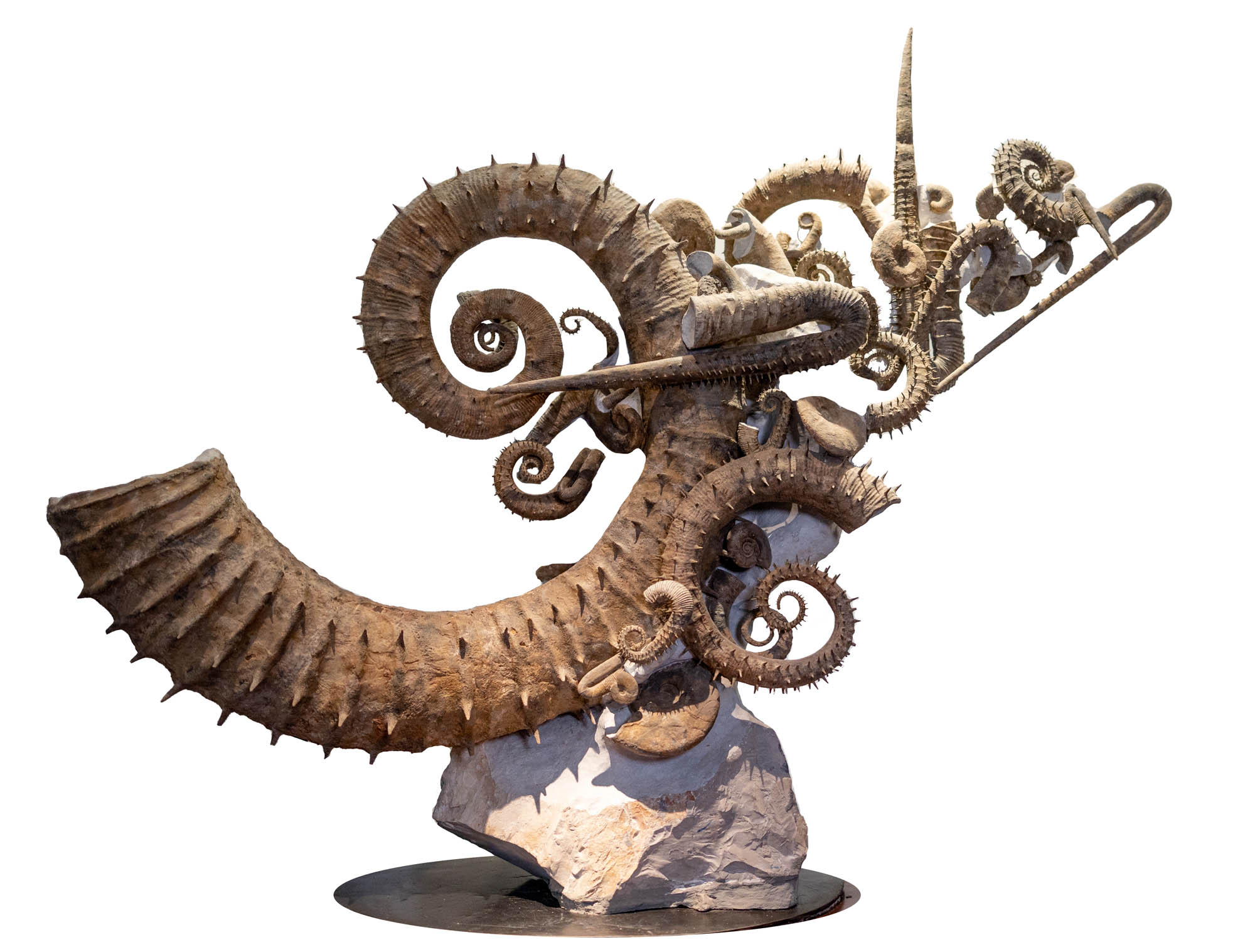
Mr Grulke is negotiating for a permanent home for his collection to ensure it remains together after he’s gone. Britain is unique in having a complete and unbroken range of fossils from all epochs of life on earth. Almost everywhere you set foot on the British Isles, you are walking on the legacy of the long dead.
‘She Sold Seashells: The curious Mary Anning. Re-imagined’ by Wolfgang Grulke is out now (published with Lyme Regis Museum, £12)
‘I was born in the wrong century’
L. R. Carpenter, writer, somewhere between Canada and Southampton
L.R. Carpenter, an artist and the author of This is a Picture of Wind, currently the subject of an exhibition in the British Library, looks at how objects got to where they are. As a Thames mudlark, she worked out that some common fossils ‘escaped’ from 19th-century barge beds laid down using vast quantities of chalk shipped in from Kent for the purpose.
With the white chalk came flint and fossilised sea urchins, which may explain why they are a surprisingly common find in central London. ‘I sort of stumbled into that. I’m a bit of a stumbler into things,’ she says. ‘It’s paying attention and looking.’
Her latest preoccupation is with fossil coral. She discovered a prehistoric reef of black carboniferous limestone speckled with white coral cut through by the River Ribble in Yorkshire. ‘What interests me is the intersection between the poetic and the scientific,’ she enthuses. ‘It took me a while to figure out that I was born in the entirely wrong century.’
By looking from a different angle, she sees what others often can’t. The unusual rocks and fossils in the Thames were brought in sailing ships propelled by wind. The riches of Empire arrived by the same route. The wind was the common vector. When Anning started collecting, it was generally believed that the world was 6,000 years old and that the creatures she found had perished in the Biblical Flood. We still think we know everything — which is why we must never stop looking.
‘This is the find of a lifetime’
Neville and Sally Hollingworth, amateur fossil hunters, Swindon, Wiltshire, and Whitby, North Yorkshire
Fossils fill every nook and cranny of Neville and Sally Hollingworth’s home, but the object Mrs Hollingworth loves most is a piece of flint. It is brown and chipped so it sits perfectly in the palm of the hand.
It is an axe used by a Neanderthal hunter that Mrs Hollingworth found alongside the bones of a woolly mammoth that died in north Wiltshire 214,000 years ago. Indeed, the Hollingworths have unearthed at least six mammoths in what had once been a bend in a tributary of the Thames. The site is one of a series of incredible discoveries the couple have made since they met seven years ago.

‘I’d never held a hand axe before, I’d only seen them in a museum. I held it for a few seconds knowing that it was going to be whisked out of my hands as soon as I let go,’ Mrs Hollingworth recalls. ‘I thought: “Who held this before me? Who was the last person to touch this? Why did they drop it, how did they lose it?” All these questions. This is the find of a lifetime.’
However, the axe is not the couple’s only notable find. There is also a prehistoric fish from a secret location nicknamed ‘fish head farm’. The powerfully armoured head perfectly captured in three dimensions looks as if it is bursting out of a stone, mouth open like a horror-film piranha.
And then there is the seabed that was buried by a mudslide 167.7 million years ago. The discovery beneath a protective layer of clay at the bottom of a quarry is the best preserved Jurassic seafloor in the world. Starfish, brittlestars, sea urchins, sea cucumbers and sea lilies were buried and kept in suspended animation, before being turned to stone as the sea dried out, rose up and became a country estate not far from the M4. Nicknamed ‘Jurassic Pompeii’, its precise location is a secret and the Natural History Museum is investigating.
Dr Hollingworth, 62, has donated thousands of items to museums in England and Scotland. A stone bearing the footprint of a three-toed dinosaur dwarfs the shoes in their hall. Had the Hollingworths not rescued it, it would have been smashed to pieces by the sea. Mrs Hollingworth is transport manager for one of the largest quarry operators in the South-West, giving her access and a heads-up when anything interesting turns up.
The couple already has a guarantee of immortality — a previously unrecorded starfish from the site in north Wiltshire has been named Hollingworthia.
‘It’s got teeth!’
Lizzie Hingley, self-employed fossil preparator, Charmouth, Dorset
‘It’s a Crucilobiceras from the Nobbly Bobbly, these are as rare as hens’ teeth!’ Lizzie Hingley is cutting into a fist-sized pebble from the beach near her home on the Jurassic coast. Using an air-abrasive pen inside an air-tight, glass-fronted box known as a blast cabinet, her hands are encased by the gauntlets inside. A stream of microscopic particles of iron is exposing an ammonite as a Henry hoover works hard to suck up the dust. When she started work on this pebble, Ms Hingley only knew there was something inside because a tiny piece was showing. The ‘Nobbly Bobbly’ is her name for a layer of fossil bearing nodules that geologists know as Bed 57.
Although Ms Hingley, 35, is one of Britain’s most sought-after fossil preparators, she only took it up professionally seven years ago, when the unexpected death of her partner prompted her to return to the hobby that had captivated her since childhood.
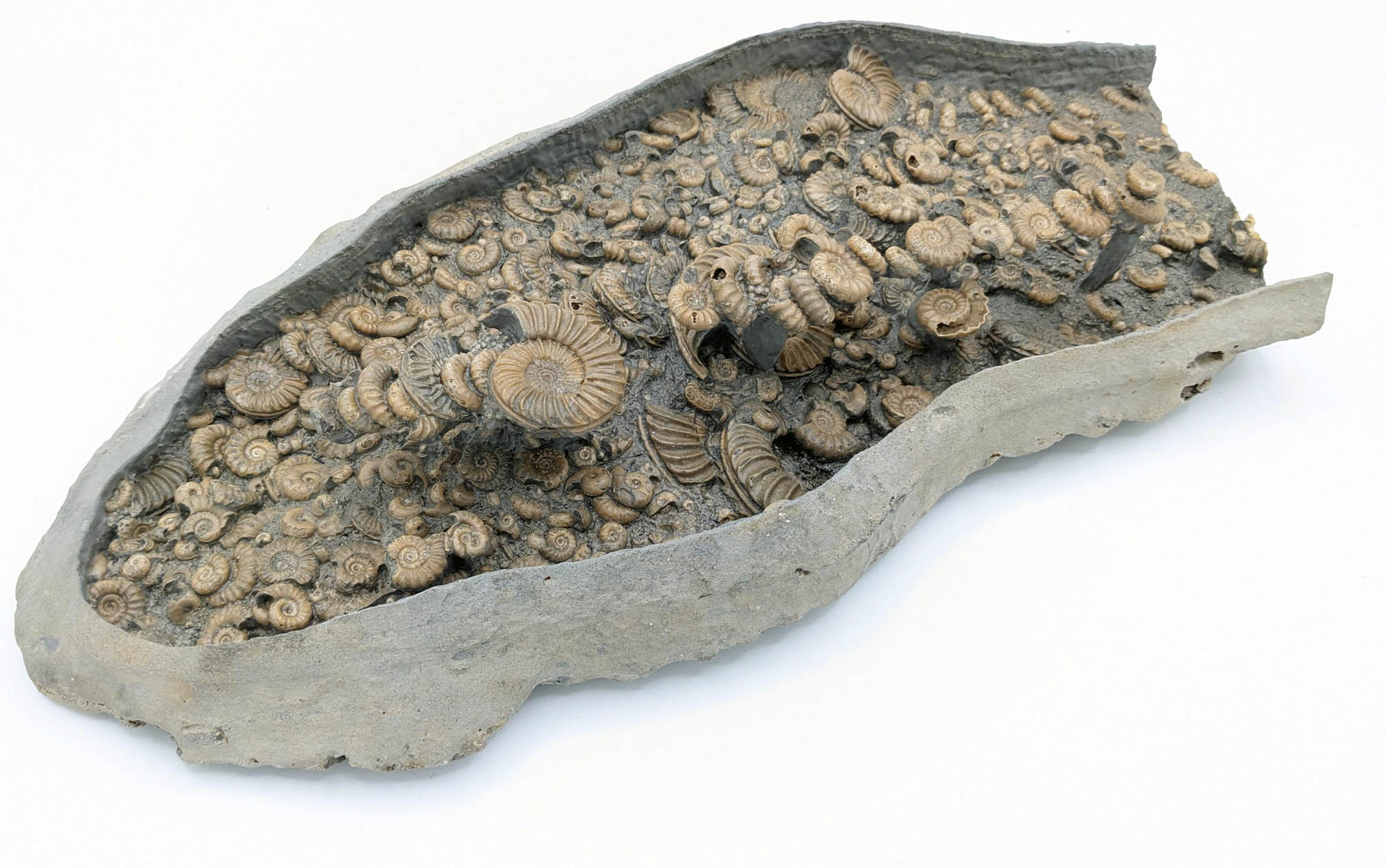
She was eight when she made her first significant find, the jawbone of an ichthyosaur. ‘I was on Monmouth beach and the tide was coming in. It was raining and my mother was itching to get back, as it was nearly dinner time,’ she recalls.
‘I saw a long black stone, picked it up and shouted to my mother: “This is really important — we’ve got to take this back with us!” She said: “We’re in a rush, put it down”. I screamed back: “But it’s got teeth!” ‘The next day, a fossil shop offered £600 for it. But I said: “No.” I still have it and it is the last fossil I’d ever sell.’
Ms Hingley’s skill is capturing fine details that others miss. She recently prepared an 18in-long nodule that contained hundreds of ammonites, so fresh they could be mistaken for a crunchy snack to munch when watching Jurassic Park.
Three or four times a year, she posts her recent pieces on her website. Within hours, most sell to collectors around the world, many of whom are now friends. ‘The amazing thing about fossils is that it doesn’t matter how old you are or what you look like — if you both like fossils, you are probably going to get along,’ she smiles.
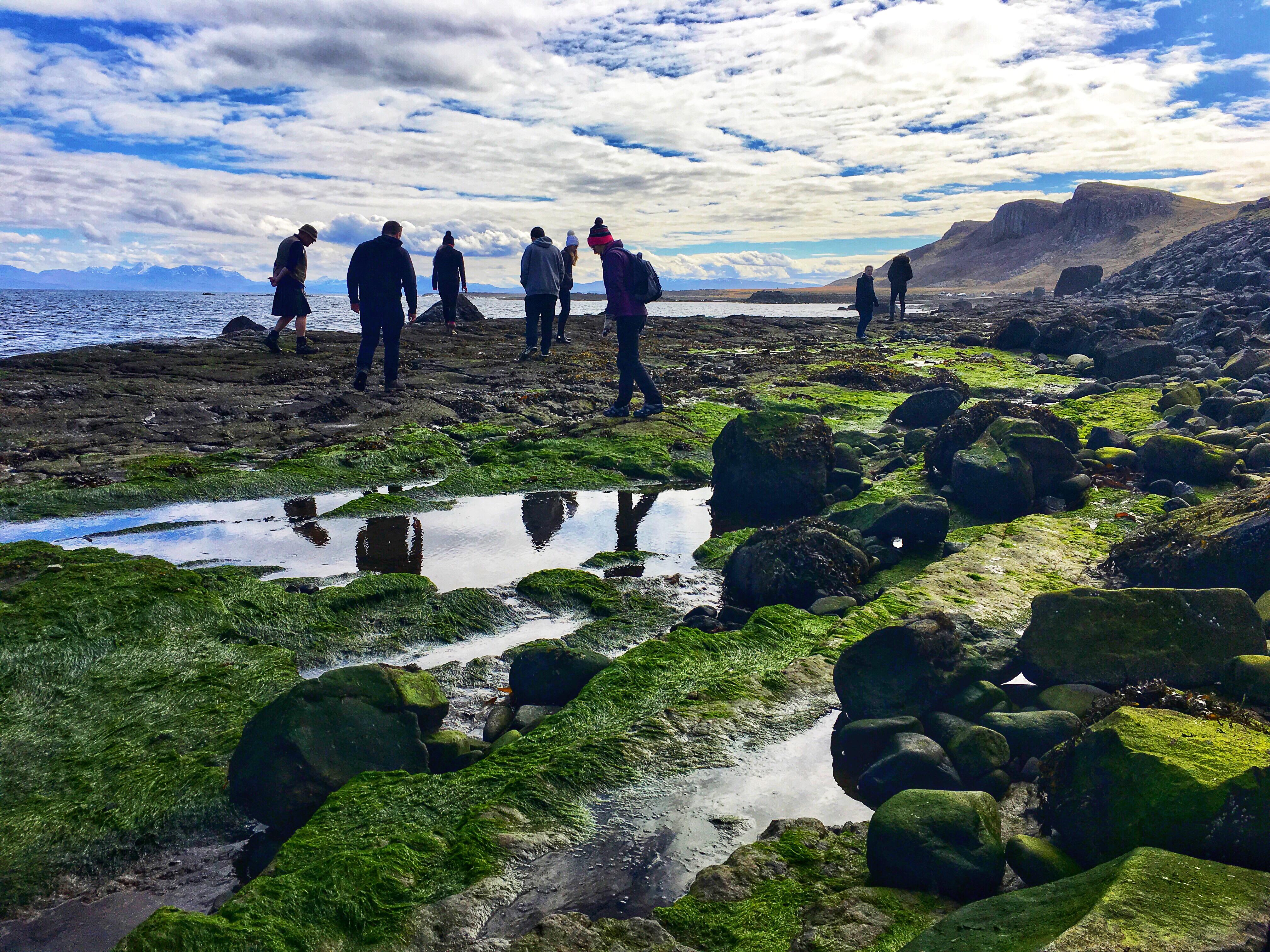
Credit: Alamy Stock Photo
Country Life Today: Dinosaur protection in Skye, rush hour on the farm and a chocoholic on the run
In today’s news round-up find out how the Isle of Skye is tackling overzealous fossil hunters.
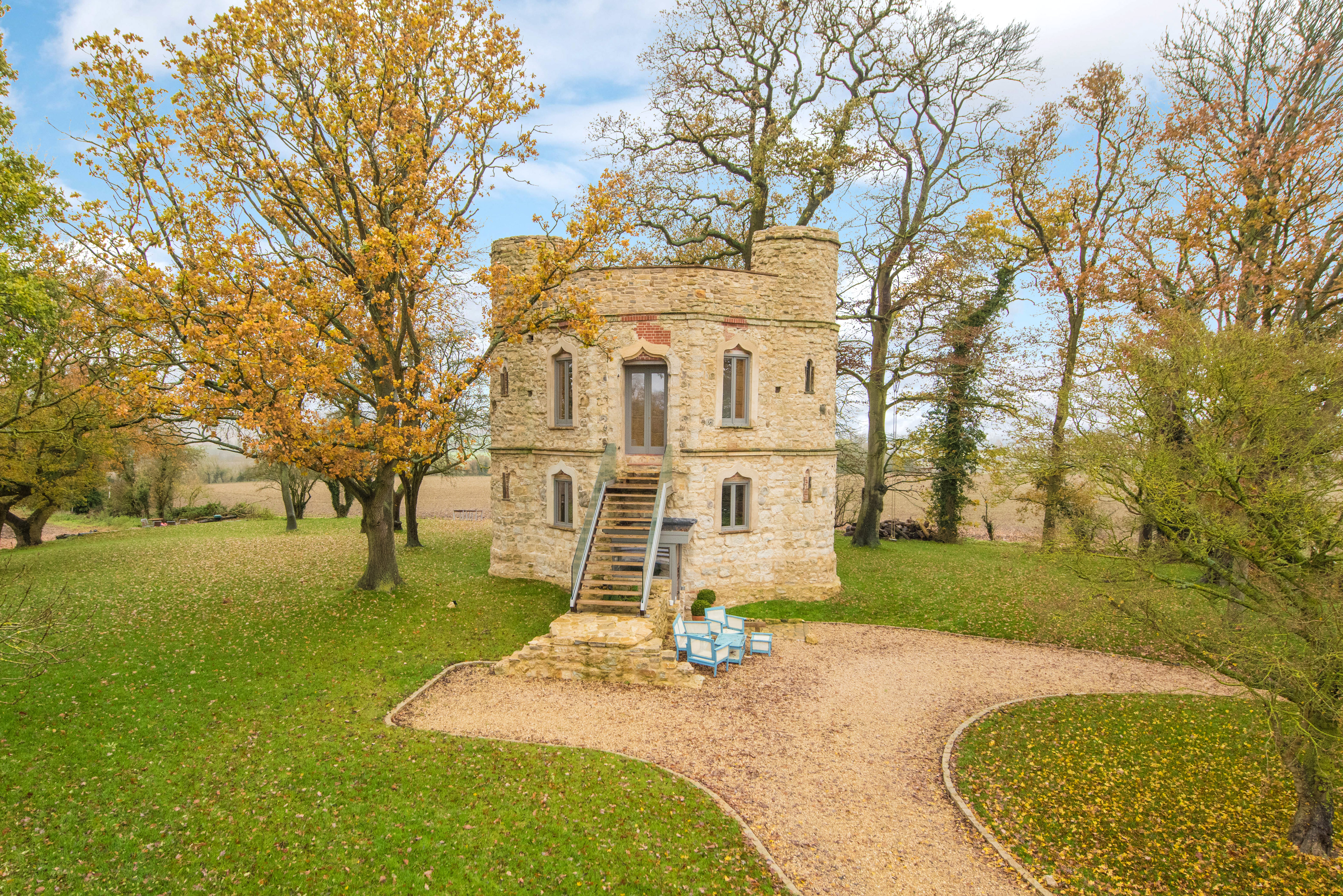
Credit: Michael Graham
A minature 18th century castle large enough to house a small family, with a panoramic roof terrace and far-reaching views
Dinton Castle was built to house the fossils stored in its walls. A recent renovation sees it as a perfectly

Jason Goodwin: 'A film needs a bit more going on than Mary Anning scraping at the Blue Lias for two hours and losing her dog'
Our Spectator columnist discusses the benefits to celebrities visiting quiet country film locations after Kate Winslet is spotted in a
Country Life is unlike any other magazine: the only glossy weekly on the newsstand and the only magazine that has been guest-edited by His Majesty The King not once, but twice. It is a celebration of modern rural life and all its diverse joys and pleasures — that was first published in Queen Victoria's Diamond Jubilee year. Our eclectic mixture of witty and informative content — from the most up-to-date property news and commentary and a coveted glimpse inside some of the UK's best houses and gardens, to gardening, the arts and interior design, written by experts in their field — still cannot be found in print or online, anywhere else.
